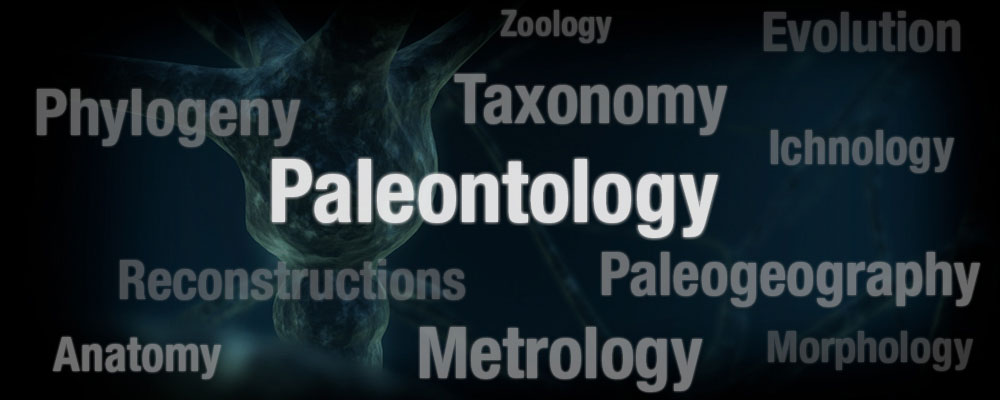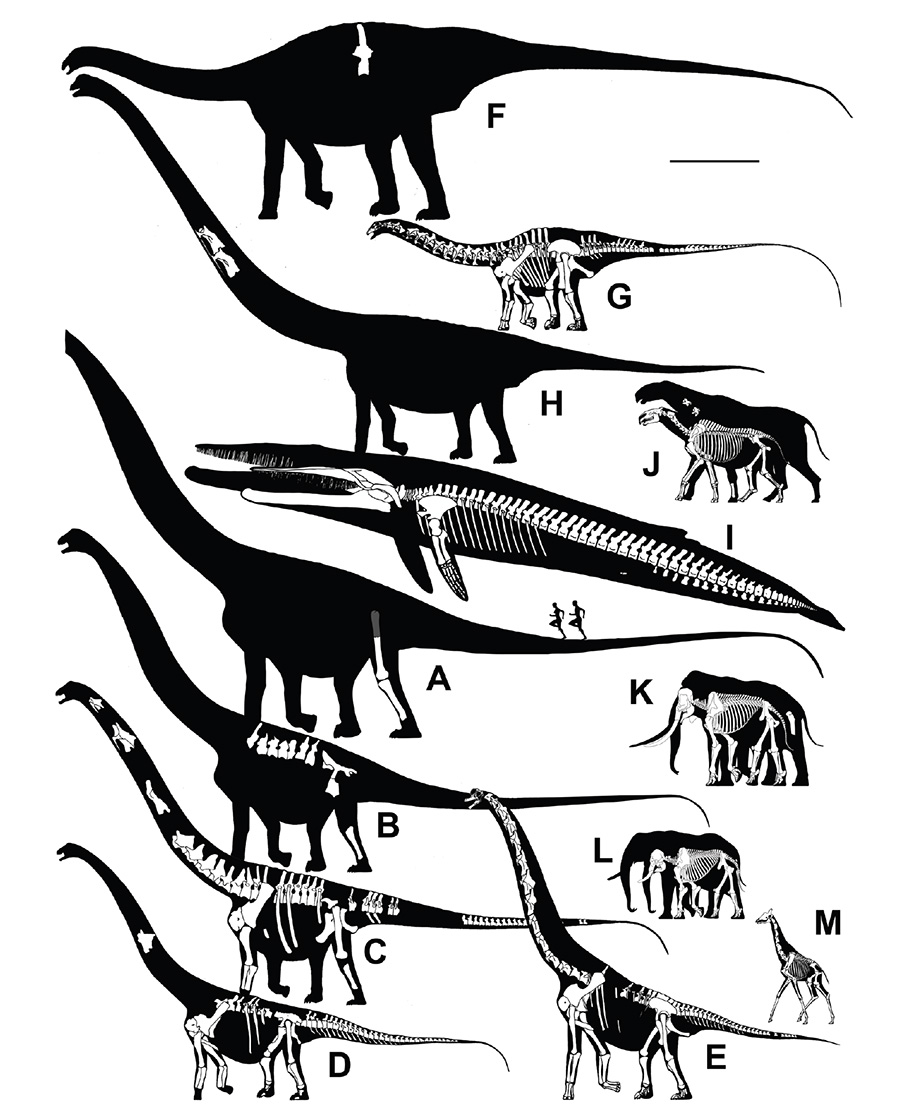
Publications Body mass estimate of Bruhathkayosaurus
- Bruhathkayosaurus body mass
- Dinosaur densities press release
- Tetrapod body densities
- Sauropod Encyclopedia
- Palaeoloxodon skull evolution
- Palaeoloxodon poster
- Theropod Encyclopedia
- P. antiquus from Germany
- The Body Size of Proboscideans
- Siculo-Maltese dwarf elephants
- Songhua River Mammoths
- Dinogeography
Authors: Gregory S. Paul and Asier Larramendi,
Below you can read the abstract and have access to the whole paper:
Body mass estimate of Bruhathkayosaurus and other fragmentary sauropod remains suggest the largest land animals were about as big as the greatest whales
Since the publication of an apparently gigantic sauropod vertebra from the Late Jurassic of western North America in the late 1800s, the possibility that land animals grew to be as massive as the greatest whales has been a matter of discussion. The recent clarification of the phylogenetic and anatomical identity of a bone from the Late Cretaceous of India, also suggests the existence of a sauropod of such cetacean like bulk, possibly in
the range of 110–170 tonnes, although with a more probable mass in the area of 110–130 tonnes. Recent re-estimates of the specific gravities of sauropods are used to recalculate the masses of the largest sauropods. Also, linear equations were developed to predict the total length of the femur of Bruhathkayosaurus from different osteological variables. It was found that femur length to tibia length scales with negative allometry in sauropods, and therefore, estimating the body mass from the tibia length of Bruhathkayosaurus may overestimate its mass. Potential reasons for the apparent ability of land animal groups – sauropods especially – to be at least as massive as creatures of the seas, and for longer spans of geological time, are tentatively suggested.






